Are you interested in this kind of news?
Receive them directly in your inbox. It is delivered once a week.
The study shows that almost all of the technologies considered for the US market under the US Phase II CO2 standards for trucks can be applied to EU trucks with the potential for significant fuel savings.
“Fuel efficiency technologies that could reduce CO2 emissions from trucks by 30% over 10 years are already available now but have not yet been deployed,” said Steve Cornelis, Safer, Cleaner Trucks Lead at Transport & Environment (T&E). This explains why truck fuel economy has stagnated over the past two decades. Europe now needs CO2 standards for trucks in order to enhance competitiveness in innovation and accelerate the uptake of fuel efficiency technologies.
The report added that European truck makers and customers have not yet adopted many off-the-shelf solutions to improve efficiency such as aerodynamic improvements and lower rolling resistance tires.
“It will take a maximum of three years for transport companies to achieve a return on their investments in almost all of these technologies. After that, they will save money by reducing fuel bills,” Cornelis said.
Greater fuel efficiency gains of over 33% are possible. According to research by the International Center for Road Transport, hybridization of long-distance road freight could save another 4% of fuel.
Trucks account for less than 5% of all vehicles on the road in Europe but are responsible for around 30% of CO2 emissions from road transport.





